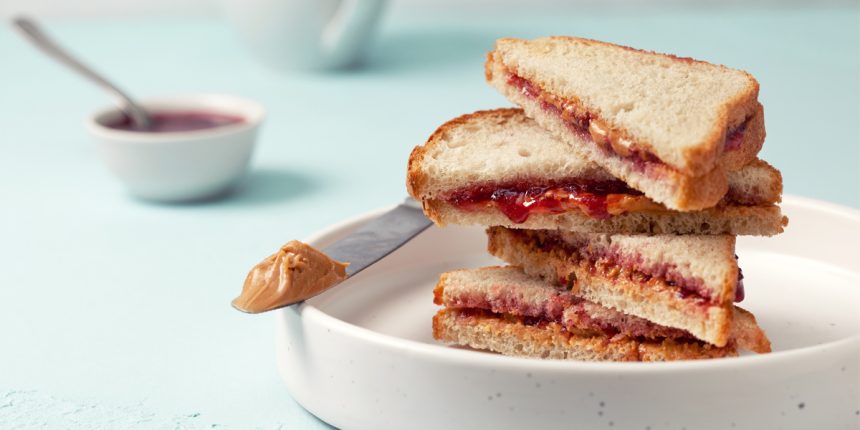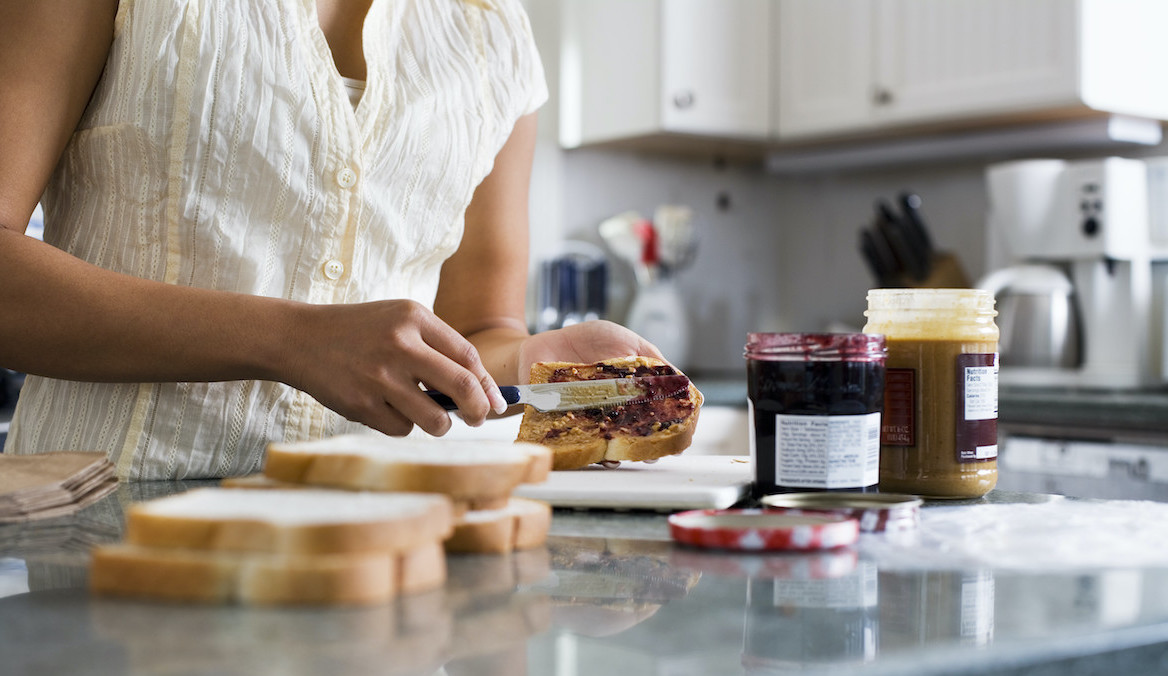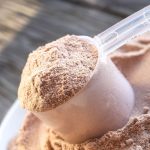There’s no comfort food like a peanut butter and jelly sandwich. That is if you do it right. A well-made PB&J sandwiches doesn’t just taste good. But they’re also packed with plant-based protein, healthy monounsaturated fats, and dietary fiber from whole grains.
Follow the healthy peanut butter and jelly method to get the nutrients you need and stay healthy.
Are peanut butter and jelly sandwiches healthy?
“From a nutritional standpoint, the PB&J sandwich is pretty good,” says Ryan D. Andrews, MS, MA, RD, RYT, CSCS, and author of A Guide to Eating Plant-Based. They contain protein, fat and fiber, which encourages healthy eating, he said.
Peanut butter is an excellent source of low-carb protein, with 7 grams per 2 tablespoons, and is rich in vitamin E and minerals such as magnesium, calcium and potassium.
Peanut butter is cholesterol-free and contains 8 grams in 2 tablespoons of the “good” monounsaturated fat. Peanut butter is vegan safe. Nutritious and eco-friendly, unless you have a peanut allergy. Choosing the right bread and choosing breads such as whole meal bread instead of white bread. They help keep digestion normal, increase fullness and maintain a healthy weight.
Healthy peanut butter and jelly sandwiches
Not all PB&Js are created equal. The quality of the ingredients you choose determines how healthy your sandwich is. The hack below is an easy alternative to the traditional peanut butter sweet fruit treat on white bread. Keep your nutritional needs and personal preferences in mind.
-
Choose the right bread
PB&J comes into your life with soft white bread. But those sliced loaves will have a lot of ingredients that don’t provide much nutritional value, please. Both are high in nutrients such as amino acids and B vitamins.
Plus, sourdough bread rises slowly as it digests and it’s fine, Andrew said. Lowers blood sugar and helps absorb fiber. If you’re struggling to find something to eat, “you can use a simple whole-wheat bread,” says Andrew. Is your gluten free? For those who don’t like traditional bread, there are still good whole-grain options. But Andrew says if you’re sensitive, it’s worth it.
-
Opt for healthy nut butters
In addition to peanuts, Andrews says peanut butter usually consists of three ingredients: oil, sugar, and salt he says. Avoid this type of fatty peanut butter or opt for something that does not contain oil.
Unless there are specific health reasons, Andrew said. It’s okay to have a little salt in your peanut butter, otherwise choose a brand that doesn’t add anything to the peanut butter mixture.
When you have to choose between organic peanut butter and regular peanut butter. According to Andrew, there is no significant difference in nutrients such as iron and protein. “But for organic peanut butter, we need to look at that case because it contains fewer chemicals and is generally more sustainable.
Would you like another nut or seed butter? She also enjoys her vacation, Andrews said. Serve with your favorite toasted almond butter or sunflower seeds to add flavor to your favorite bread. “From a nutritional point of view, you should always eat more variety,” says Andrew.
Remember to focus on staples like peanuts and cashews in healthy choices. The sunflower seeds and sugar, oil and preservatives are gone. Always know that trans fats are our enemy. Unfortunately, until a few years ago, most peanut butter contained this ingredient.
-
Choose 100% spreads
“The simpler the better,” Andrew says of decorating a peanut butter and jelly sandwich. The 100% fruit spread helps control the high sugar levels and the PB&J provides sweetness. James (made from fruit juice) and jelly (made from fruit juice) contain natural fructose, so Andrews advises avoiding sweeteners.
Even if you are considering substituting sweet fruits for sugar. Andrew points out that many artificial sweeteners such as sucralose can cause nausea. But what is your best option? Just crush the fresh berries! Roasting and scattering strawberries on your sandwich is as easy as pouring them into a pan.

Other suggestions
“Listen to your body. Check in after dinner. Are you full? Think you’ve had enough? Snack on PB&Js? Diet? A combination of healthy foods and personal needs can get you a healthy peanut.” butter and jelly sandwiches.
Can you lose weight using PB&J?
Good news for sandwich lovers: PB&J sandwiches can be part of a balanced diet and definitely help you lose weight! Especially if you follow the health tips above.
The nutritional value of PB&J makes this sandwich part of a balanced diet and helps you lose weight. According to a Purdue University study, weight loss programs can be better managed by eating nuts. Andrew agrees that peanut butter and jelly help with weight loss. But it’s important to think about what you can eat rather than a PB&J.
He prefers PB&Js to salads and fast food. Lots of food to choose from. Both are healthy and healthy, so Andrews recommends thinking about how your sandwich consumption affects your overall diet. Consider the portion size as well. You have to use common sense to determine if a sandwich meets (or exceeds) your specific nutritional requirements,” says Andrew.











